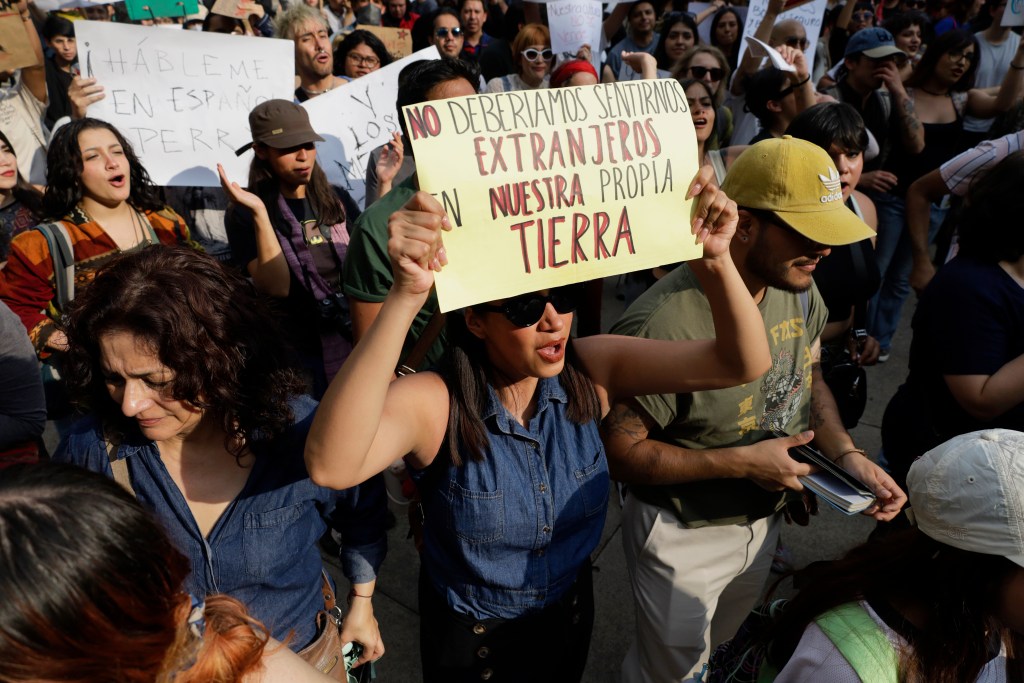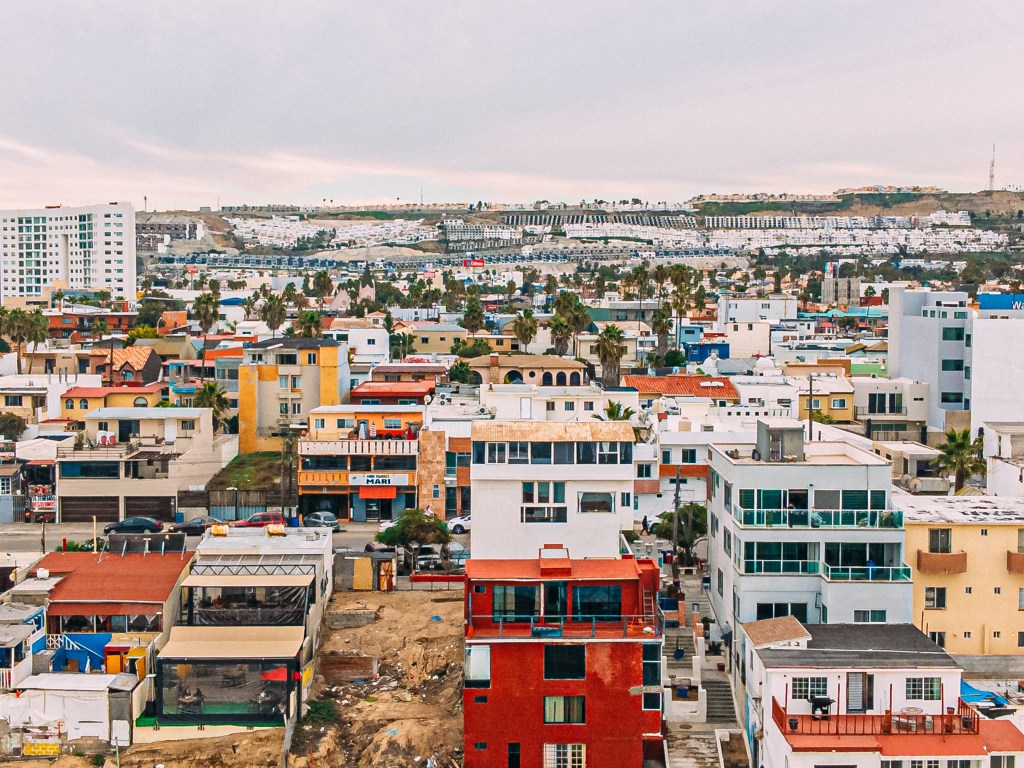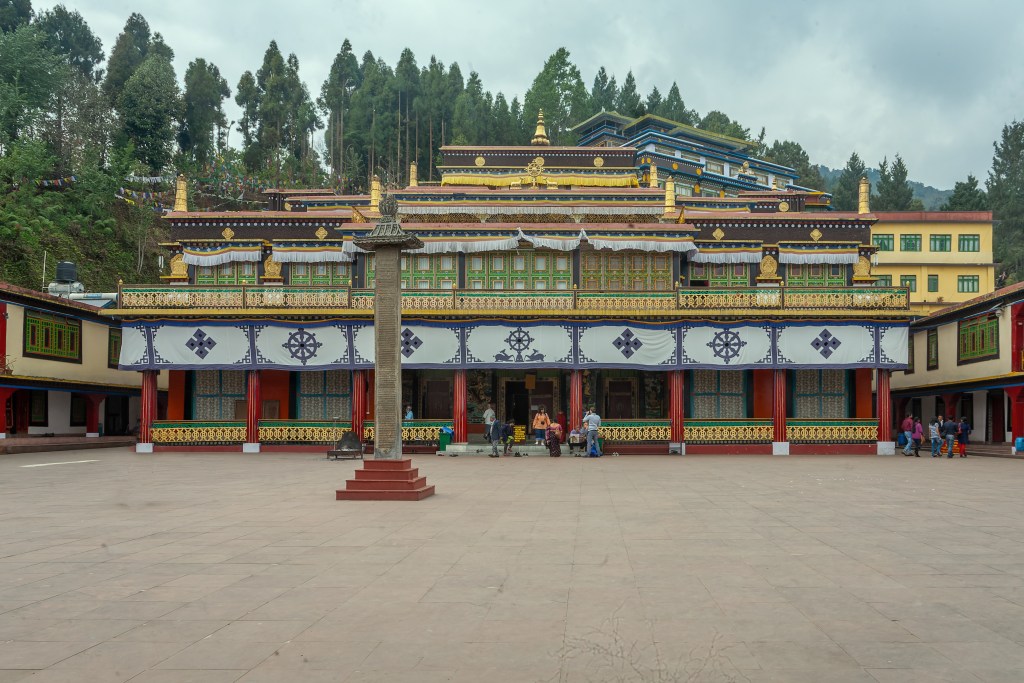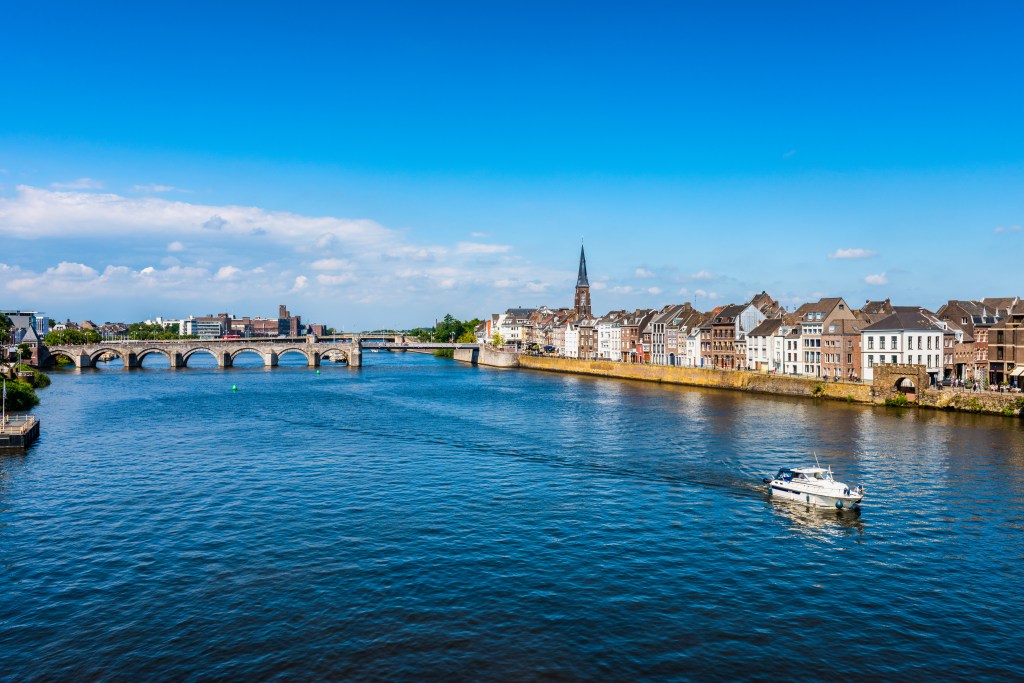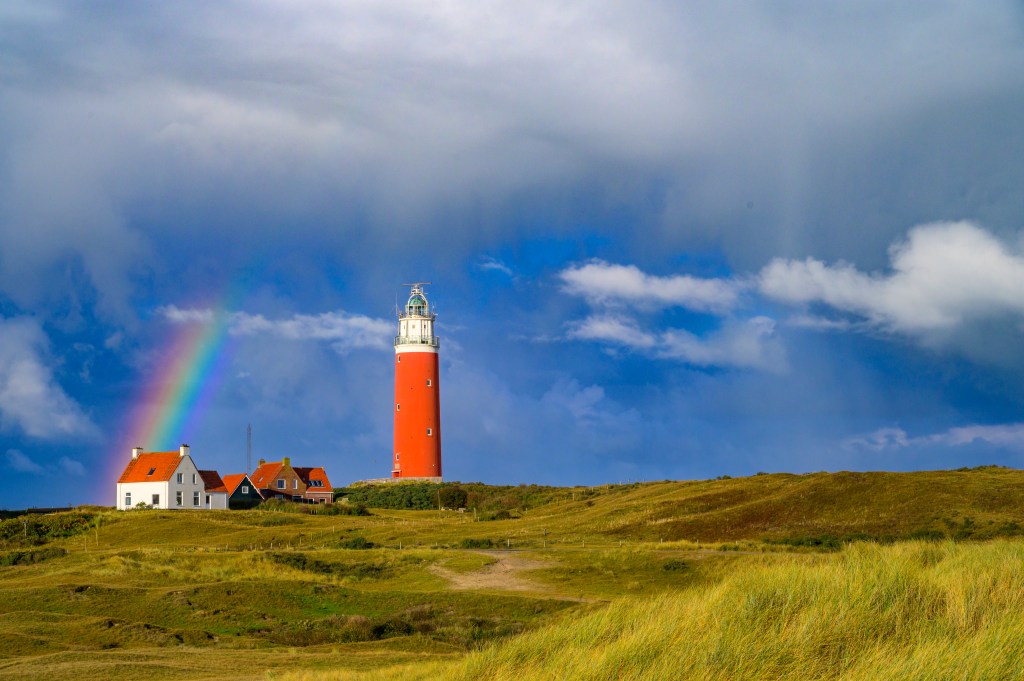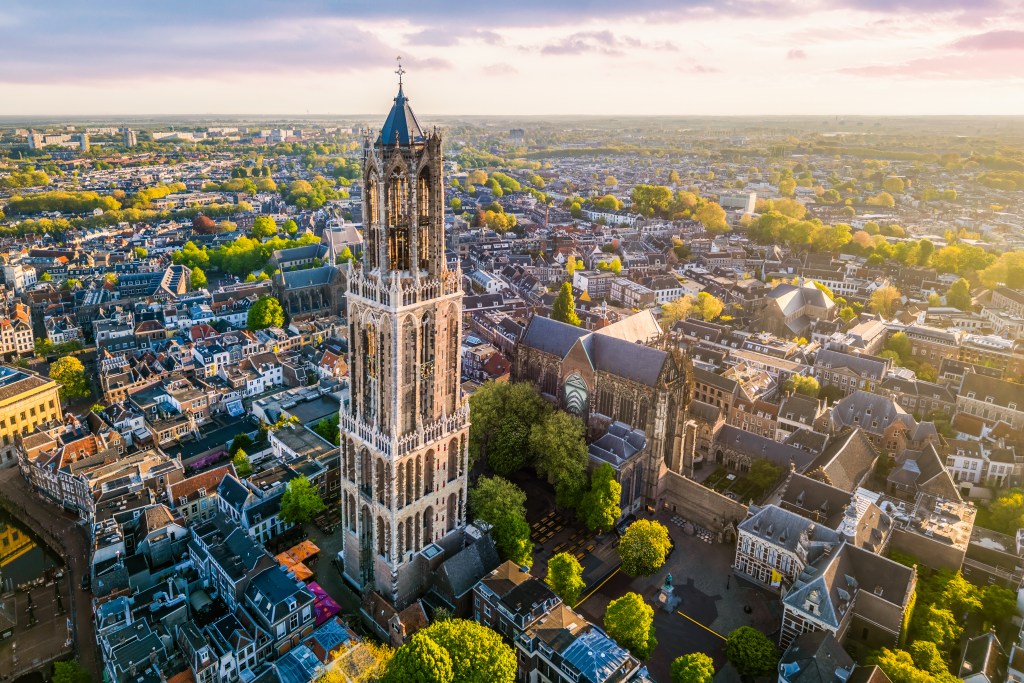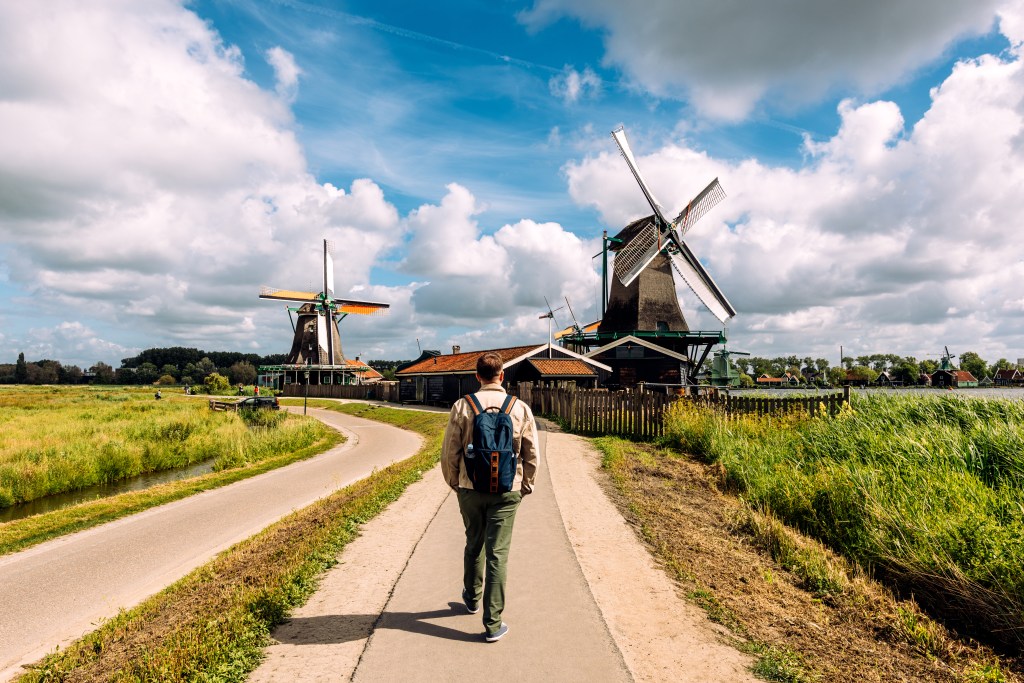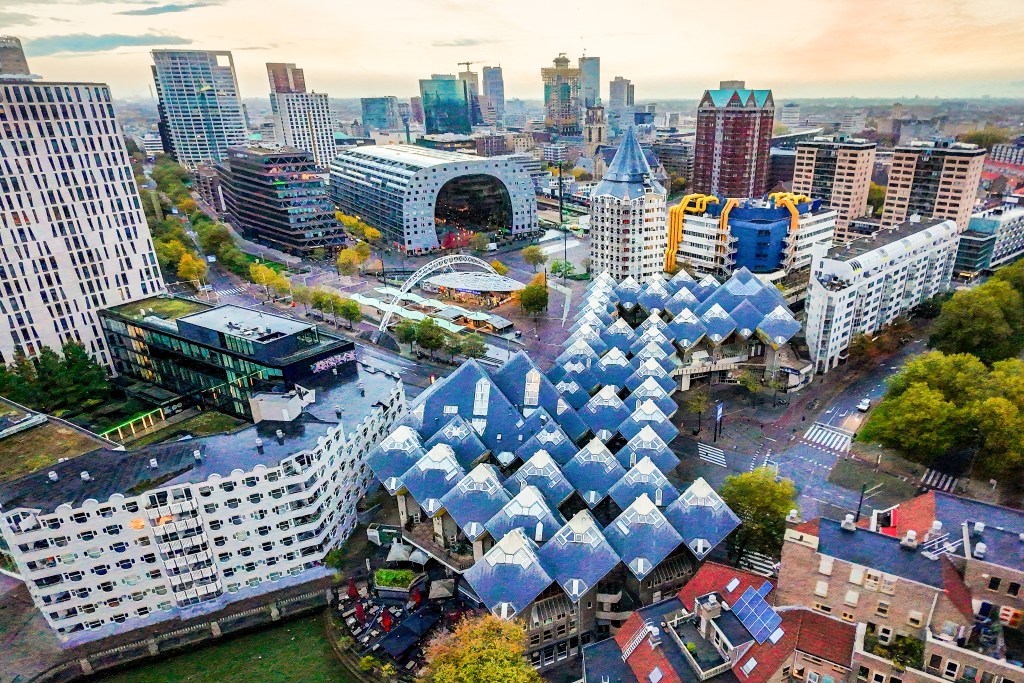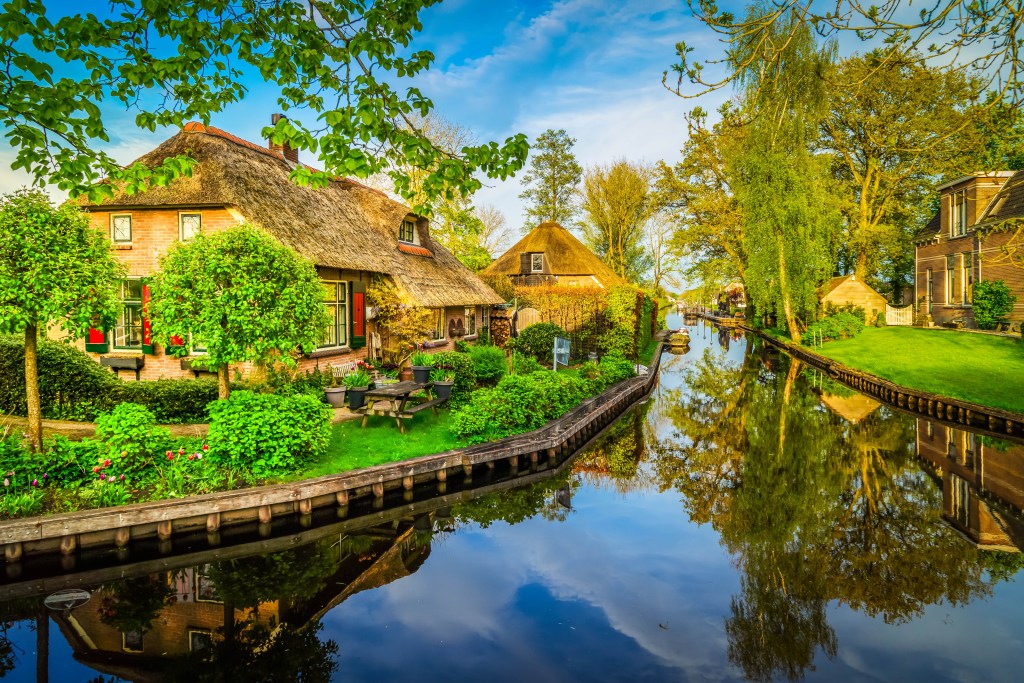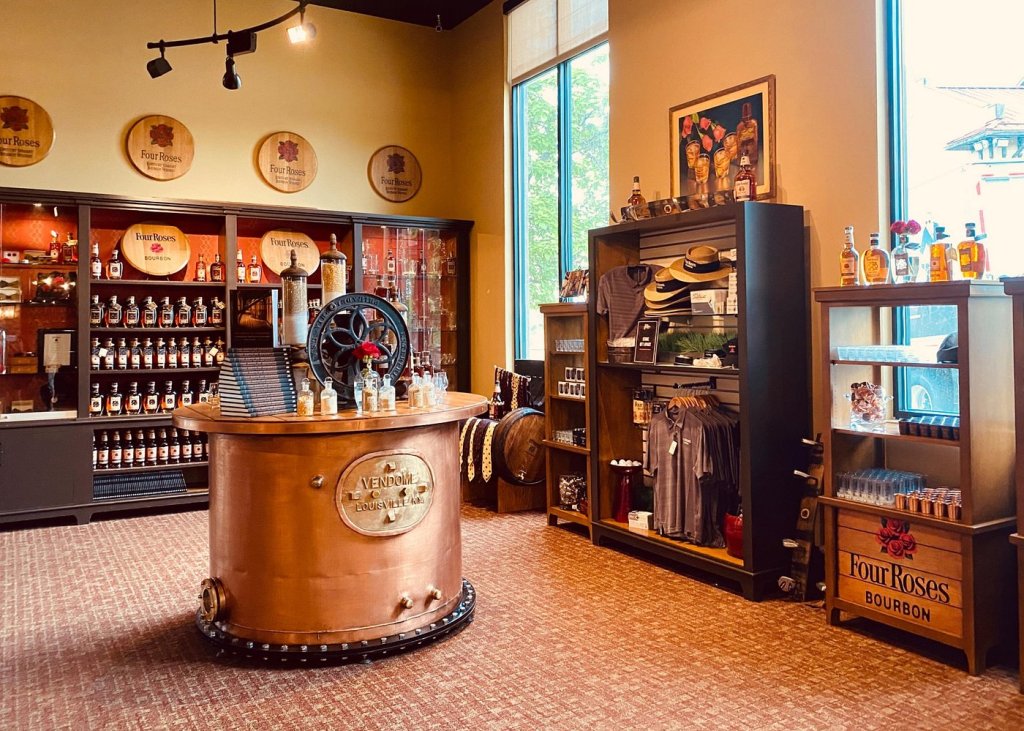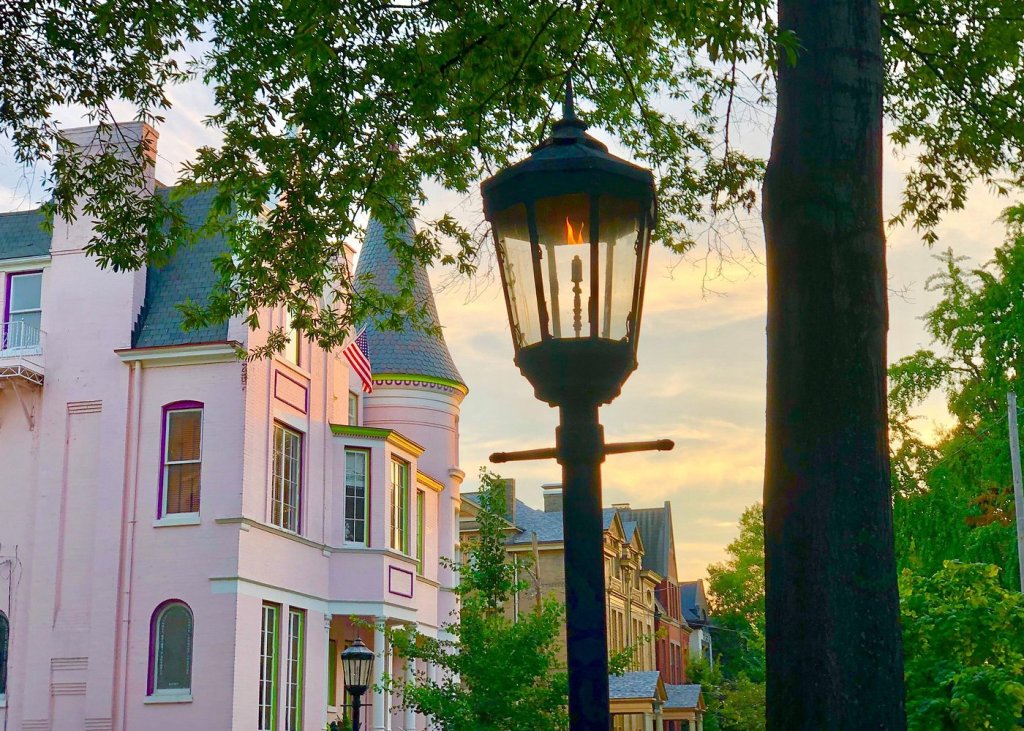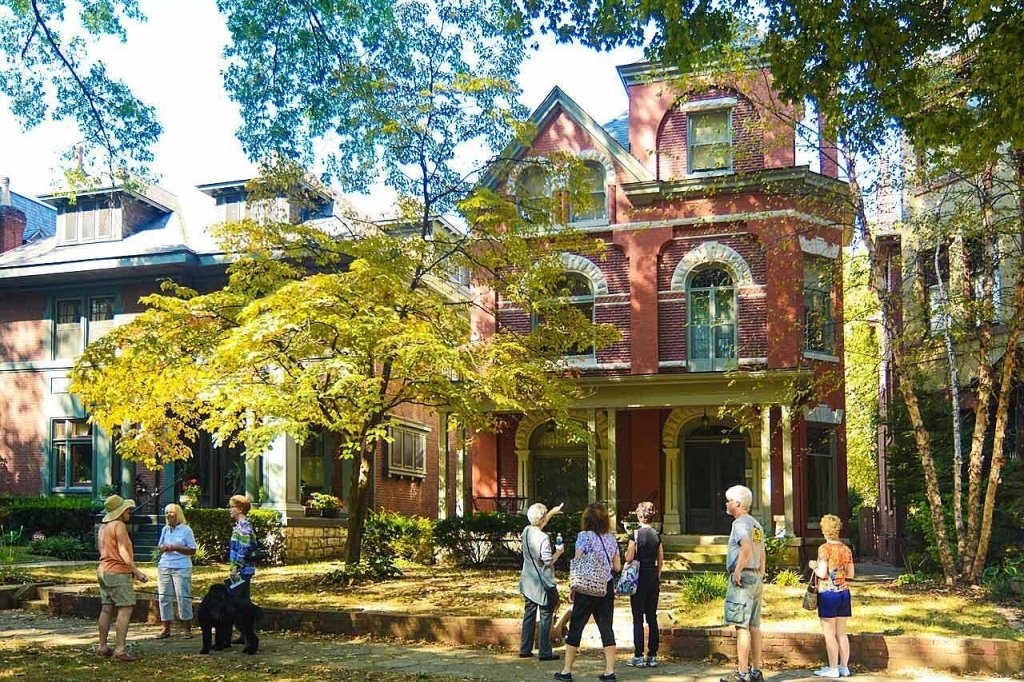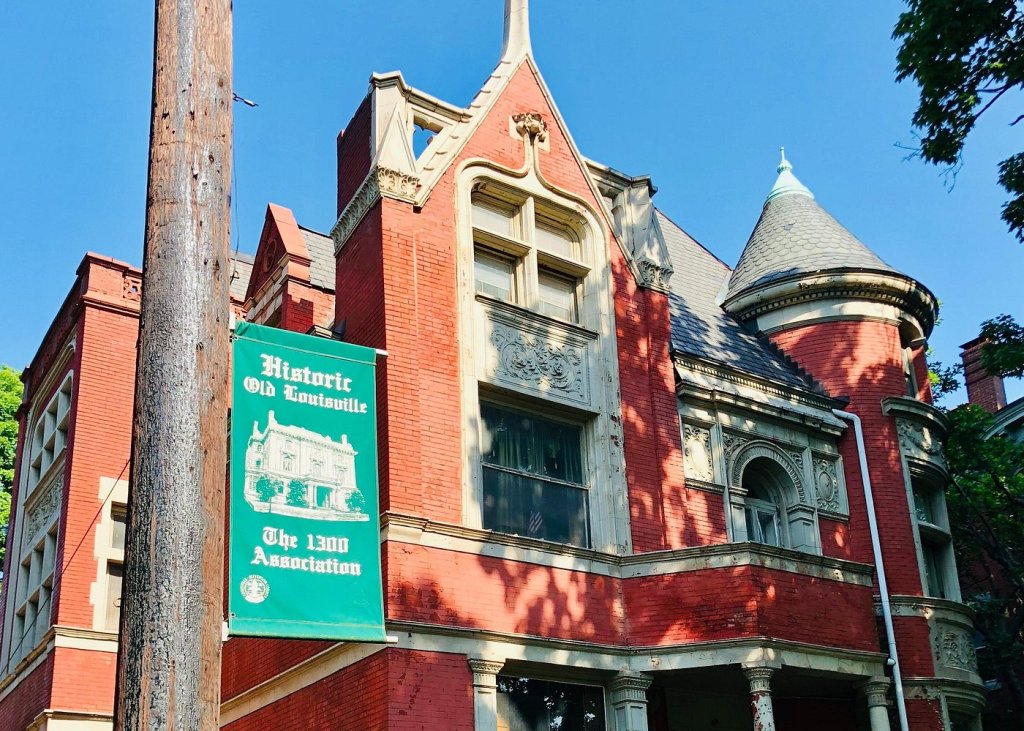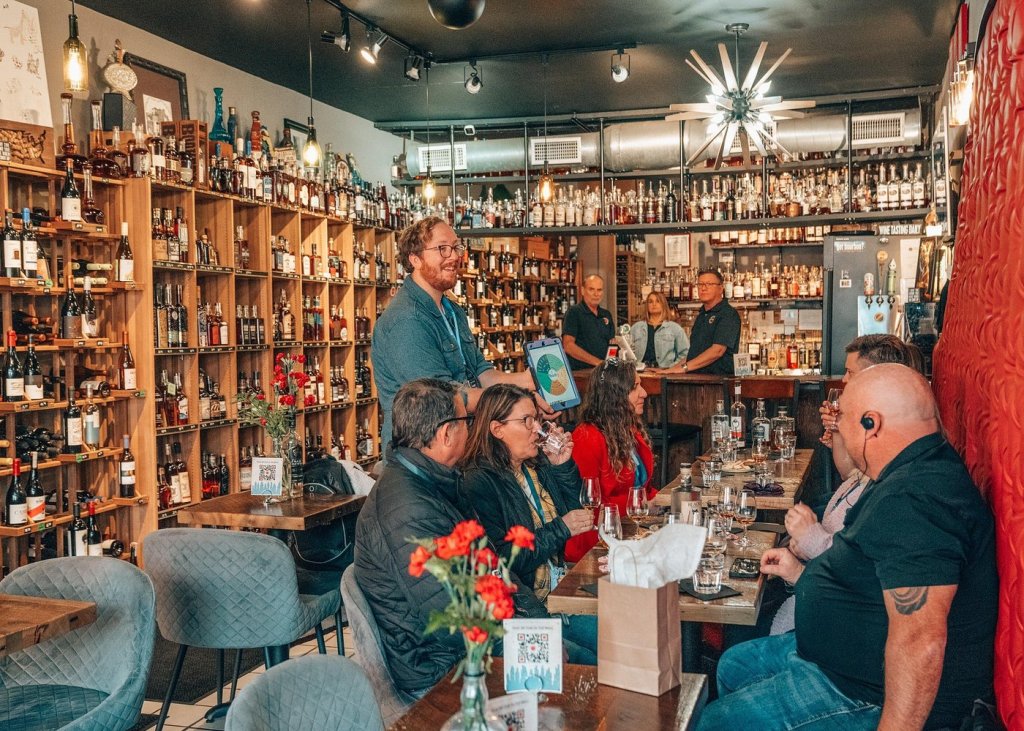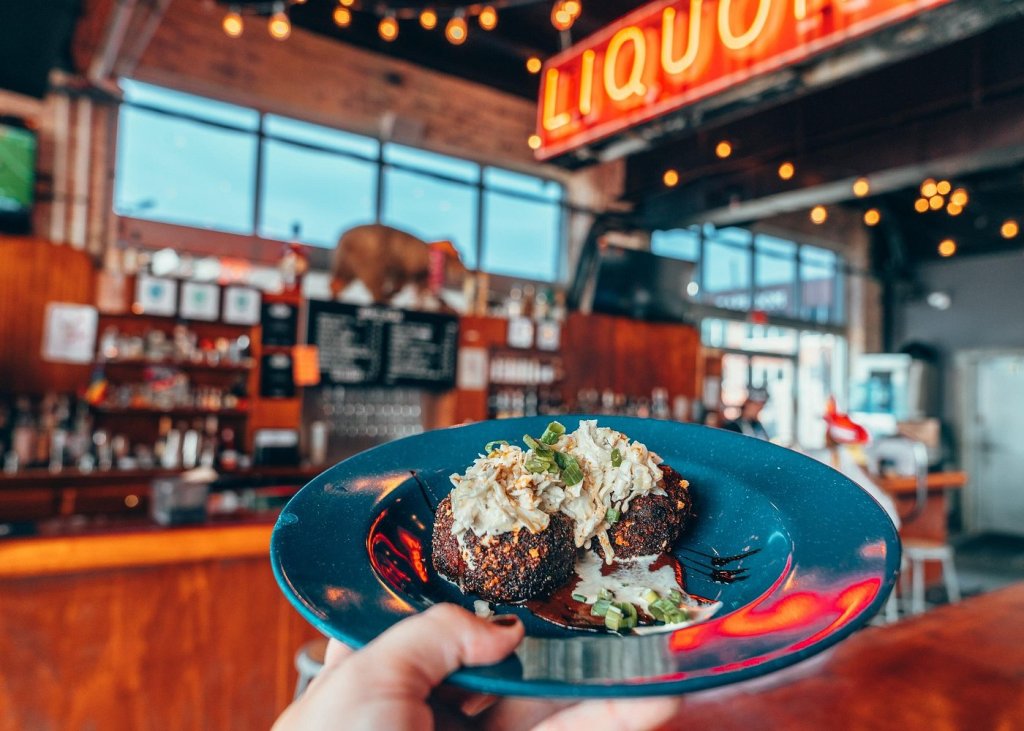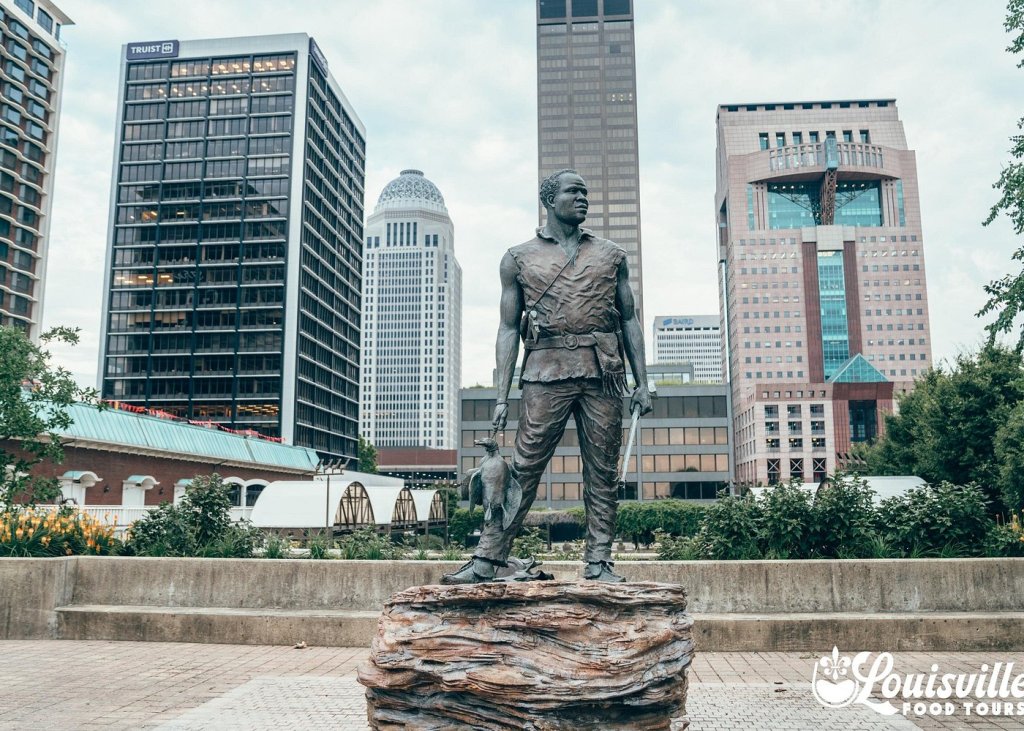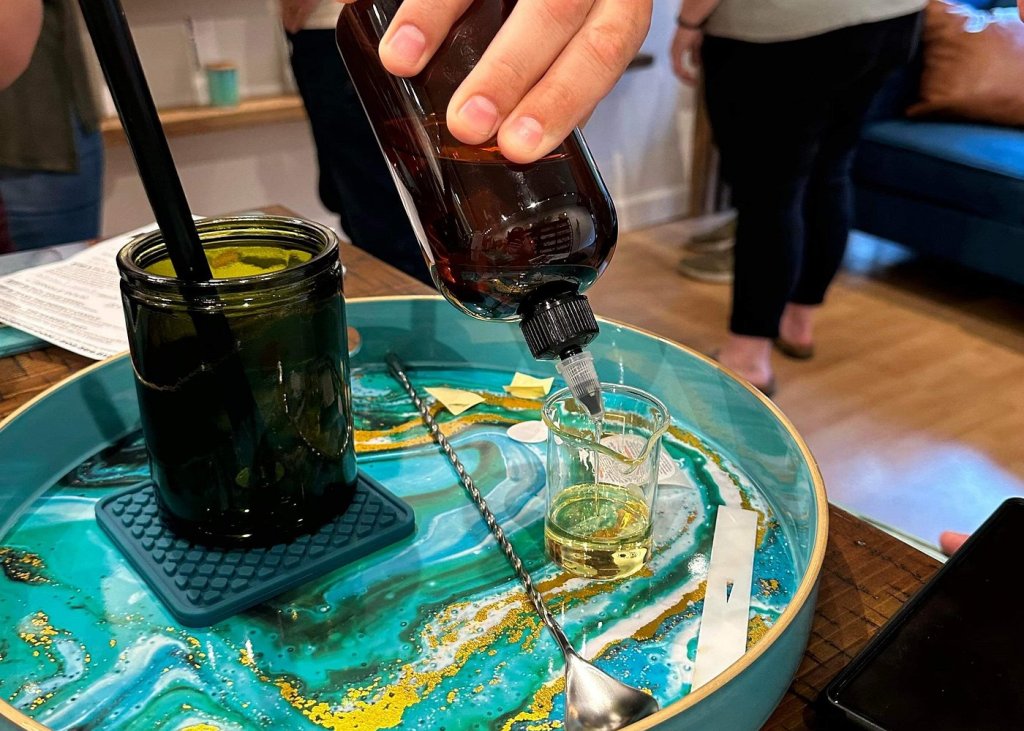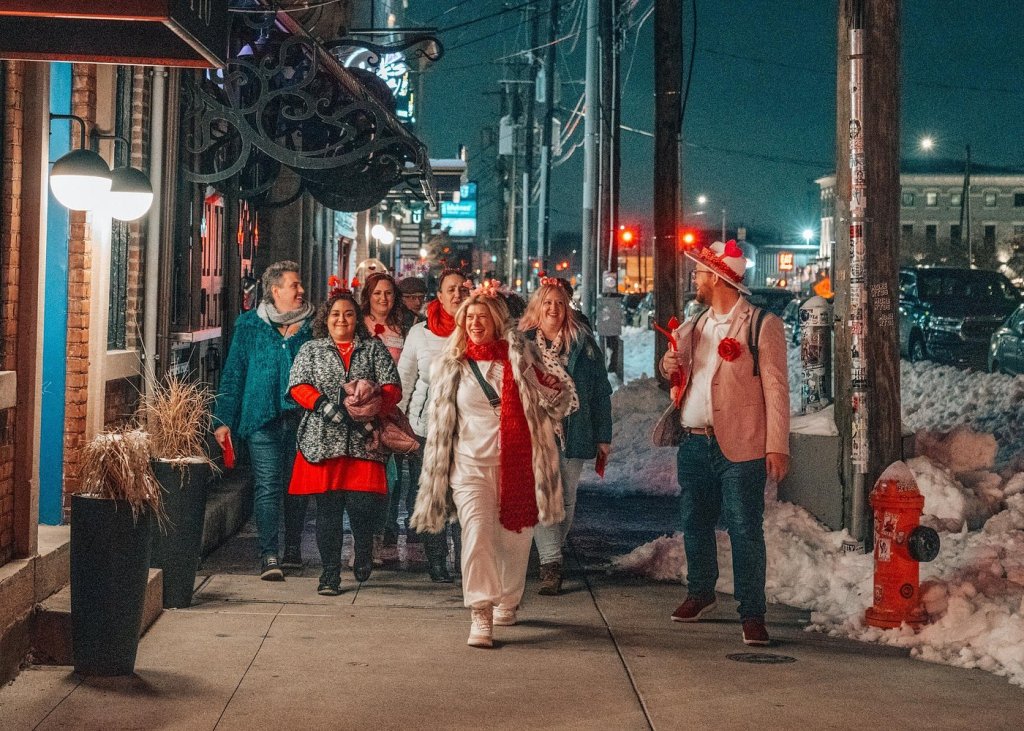Since Under Canvas launched back in 2012, the glamping company has quietly helped revolutionize the art of camping in style.
In fact, it’s helped evolve the concept and push it into the mainstream by offering truly upscale forms of hospitality out in some of the US’s most rugged landscapes.
It’s a hard premise to beat, right?
While it’s a little too opulent to be dubbed casual, I personally think Under Canvas and its many partnerships have helped encourage non-campers nationwide to dabble in the Art of the Outdoors.
Whether or not you’ve heard of Under Canvas before, consider this your reminder to check out alternative, nature-focused forms of travel. Glamping bridges the wonders of modern amenities with the type of environmental immersion that thousands of travelers are looking for.
The big question is… which Under Canvas location will speak to you?
In celebration of glamping and its increasing accessibility, I’m digging into all active Under Canvas locations in the US.
Under Canvas locations around the United States
- Acadia
- Bryce Canyon
- Columbia River Gorge
- Lake Powell – Grand Staircase
- Glacier
- Grand Canyon
- Great Smoky Mountains
- Moab
- Mount Rushmore
- North Yellowstone
- West Yellowstone
- Yosemite
- Zion
Inside all 14 Under Canvas locations in the US
Acadia
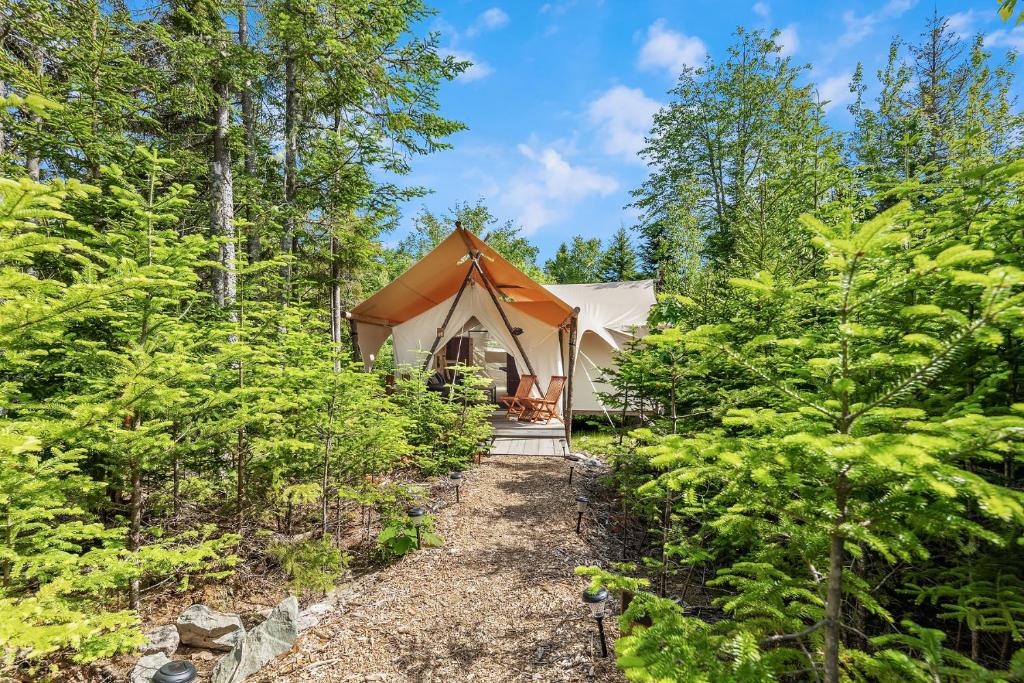
Open from: May – October
Set on 100 acres of waterfront property right on the edge of Acadia National Park, you’ve got a lakeside camp to serve as your home base while you explore Maine’s most gorgeous natural corridors. Plus, you’ve also got access to all those quaint New England towns where history and charm come alive.
Bryce Canyon
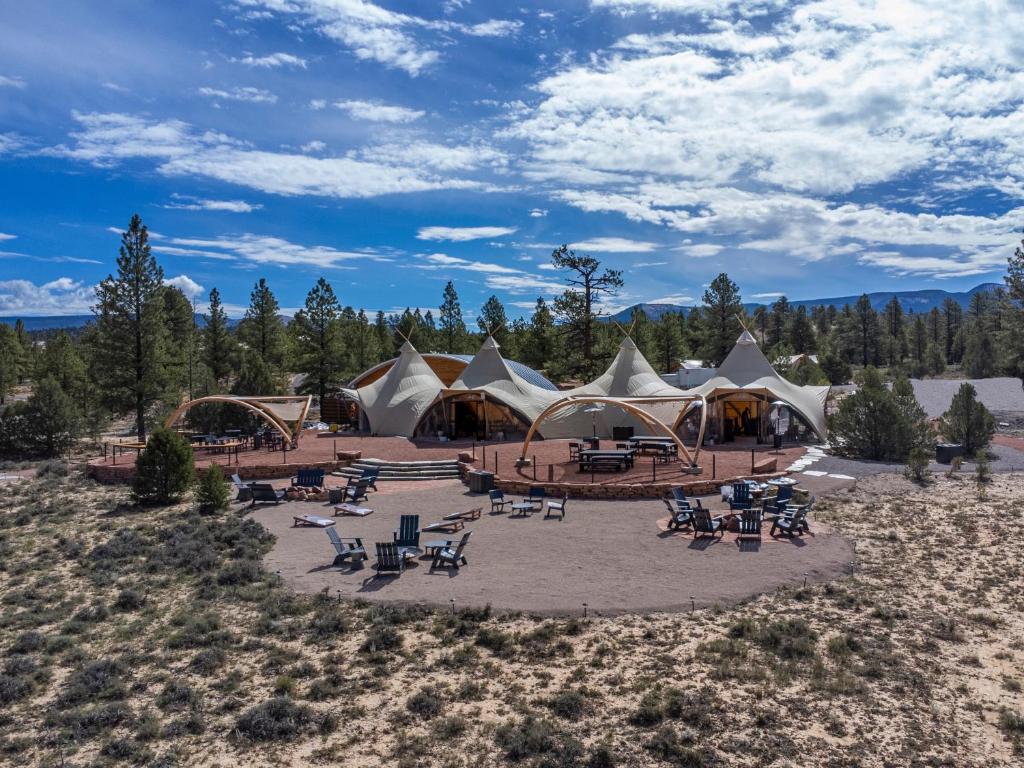
Open from: May – September
Just a short drive from Bryce Canyon, the wonders of the desert are at your fingertips at this Under Canvas location. Want a DarkSky-certified location? You’ve got it. What about sprawling juniper forests as far as the eye can see? Yep. What about proximity to major canyons, from Bryce to Red Canyon? They’re closer than you think.
Columbia River Gorge
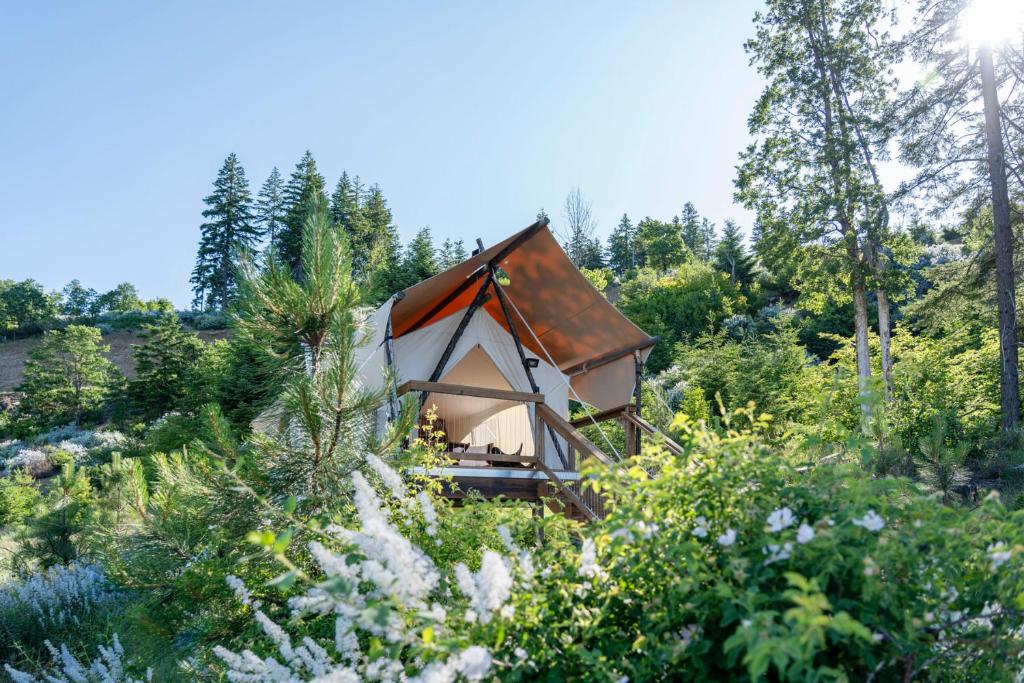
Open from: April – October
Washington State’s White Salmon River Valley is one of the state’s most scenic stretches. You’ve got views of the Cascade Mountains, including Mount Hood, plenty of wineries in reach, and waterfalls galore. Plus, if you want to keep exploring, you’re just a short drive away from Mount Hood.
Lake Powell – Grand Staircase
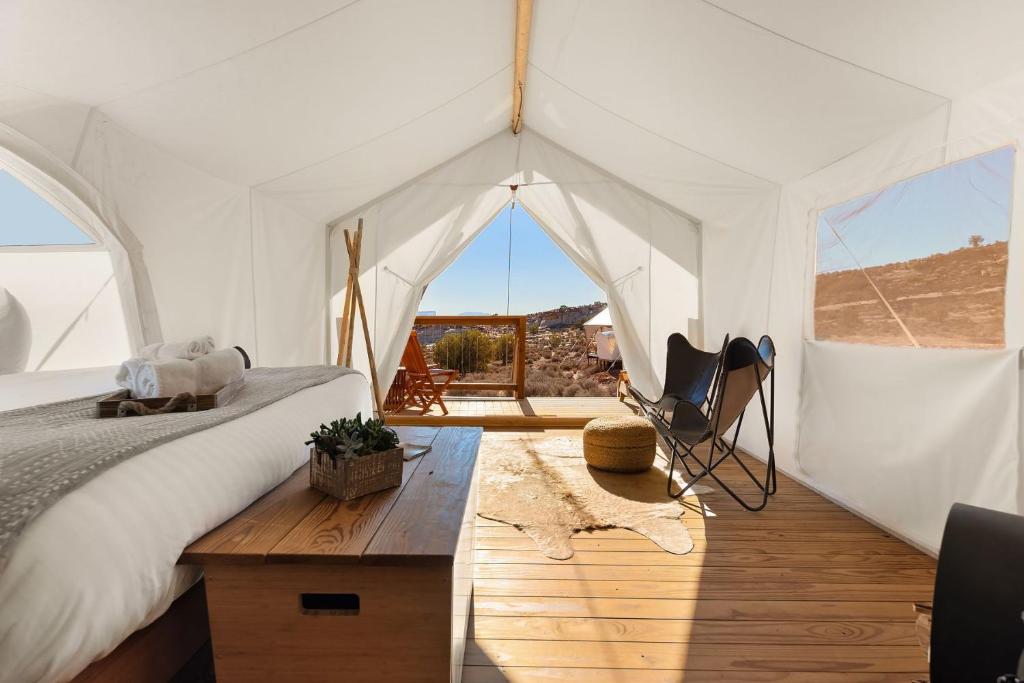
Open from: March – October
There’s no better way to forge into the American Southwest than at this Under Canvas glamping spot—especially if you’re a little shy about camping rough. Not only does the property come with its own mini slot canyon, but you’ve also got other major landmarks within reach, from Grand Staircase to Lone Rock Beach on Lake Powell.
Glacier
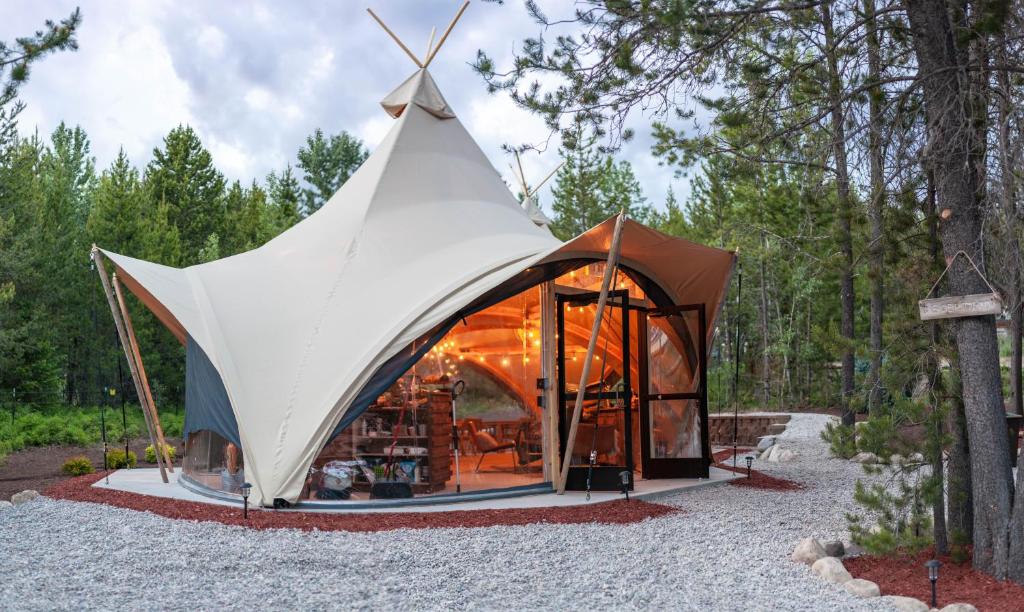
Open from: June – September
Under Canvas’s Glacier location gives you a front-row seat to Montana’s Big Sky Country. Not only are you a ten-minute drive from Glacier National Park and its 700 miles of hiking trails, but you’ve also got many of those snow-capped peaks within sight from your tent. In summer, the meadows also come alive with wildflowers, letting you totally immerse yourself in some of the Rockies’ most unspoiled stretches.
Grand Canyon
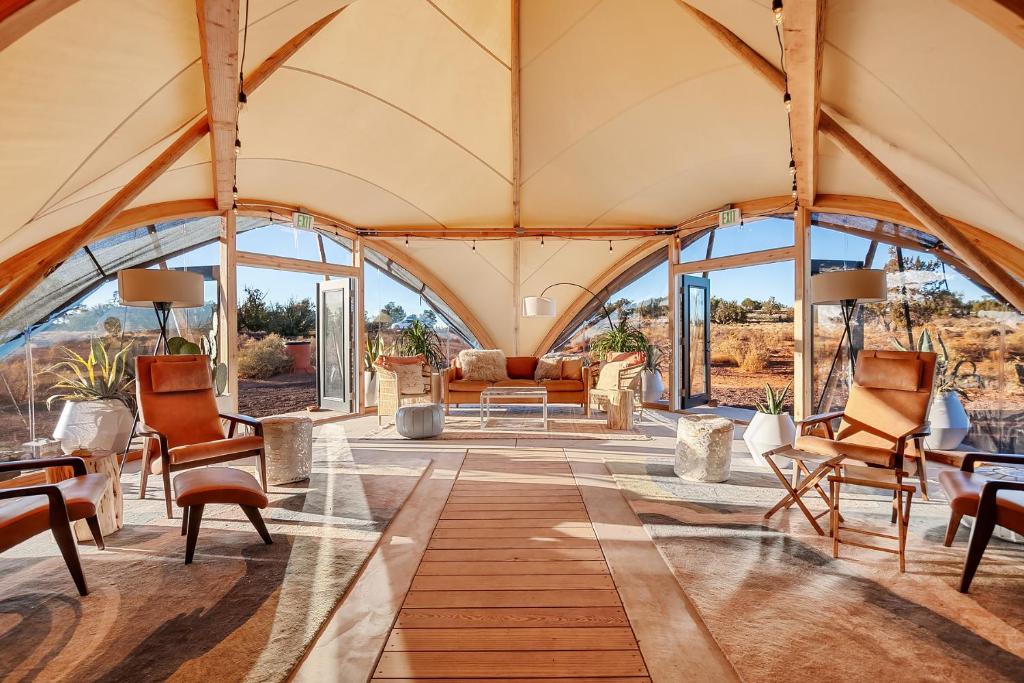
Open from: April – October
Less than thirty minutes from the Grand Canyon’s South Rim, this secluded and quiet glamping site gives you a first-class ticket to experience one of the US’s best natural wonders. The only difference is that you have a top-notch restaurant on the camping grounds to help you refuel after a long day of hiking and exploring.
Great Smoky Mountains

Open from: April – November
Nestled in the Great Smokies near Gatlinburg, Tennessee, you’ve got over 180 acres of lush, pristine forests to yourself at this Under Canvas location. According to guests, it’s also a great glamping spot for families thanks to camp programming and its specialized kid-friendly suites that sleep up to six.
Moab (including ULUM Moab)
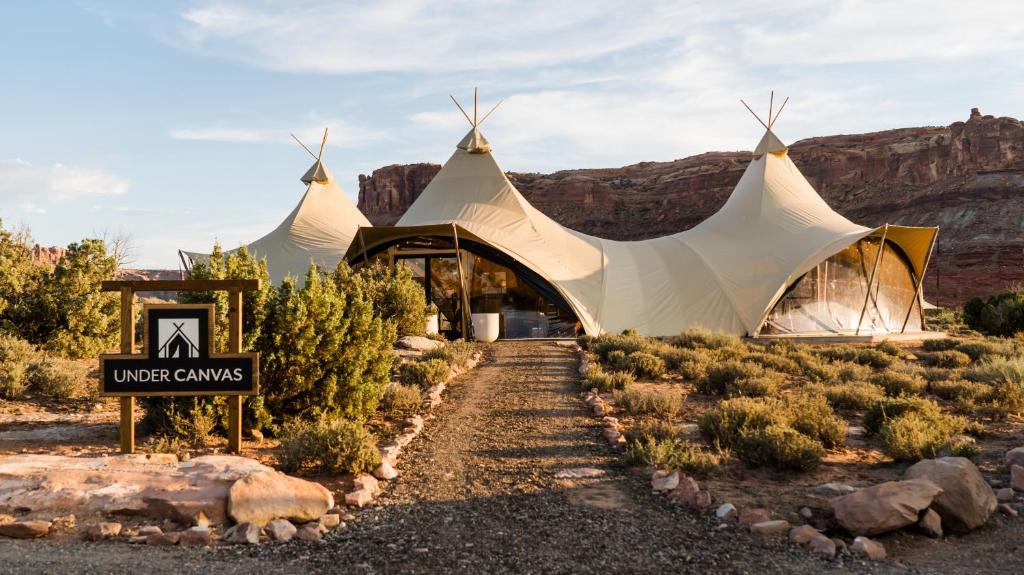
Open from: March – October
This award-winning Under Canvas stay takes you a few miles north of Moab, where you’ll find world-class national parks like Arches National Park and Canyonlands. That means you have total access to the state’s best hiking, biking, and climbing destinations. When you’re ready to unwind, soak up the sandstone cliff views from your luxury tent.
*Under Canvas also offers an ULUM Moab stay, which is a more upscale variation on the more rustic glamping setup. Think: added amenities like dipping pools and wellness programming.
Mount Rushmore
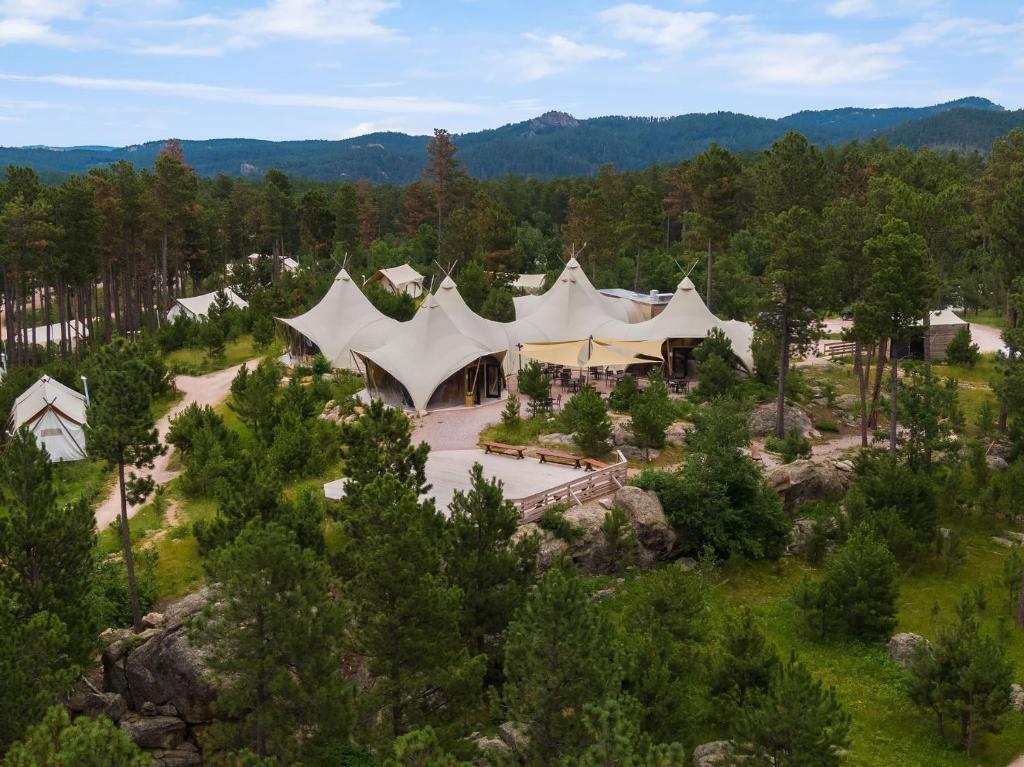
Open from: April – September
There’s no better place to stay as you explore areas like Custer State Park and South Dakota’s famous Black Hills. This Under Canvas campground is hidden among hills of towering ponderosa pines and, for added intrigue, is located on a former gold mining site. It’s definitely one of the more naturally lush selections on this list, for anyone who’s looking for plenty of greenery.
North Yellowstone
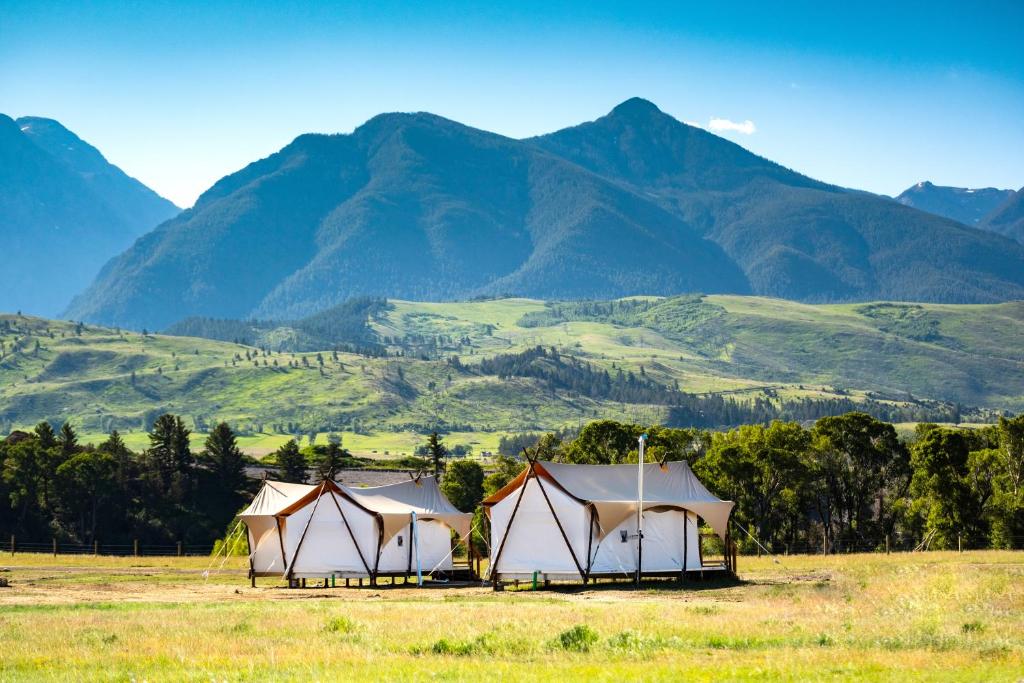
Open from: May – September
Located near Yellowstone’s north entrance, you’ve got total access to the Yellowstone River from the grounds. That opens up adventures like fly-fishing and floating experiences, in case you love the water. But you can also expect plenty of space to roam and stretch your legs, whether you want to venture off for private stargazing at night or simply curl up by your private wood-burning stove.
West Yellowstone
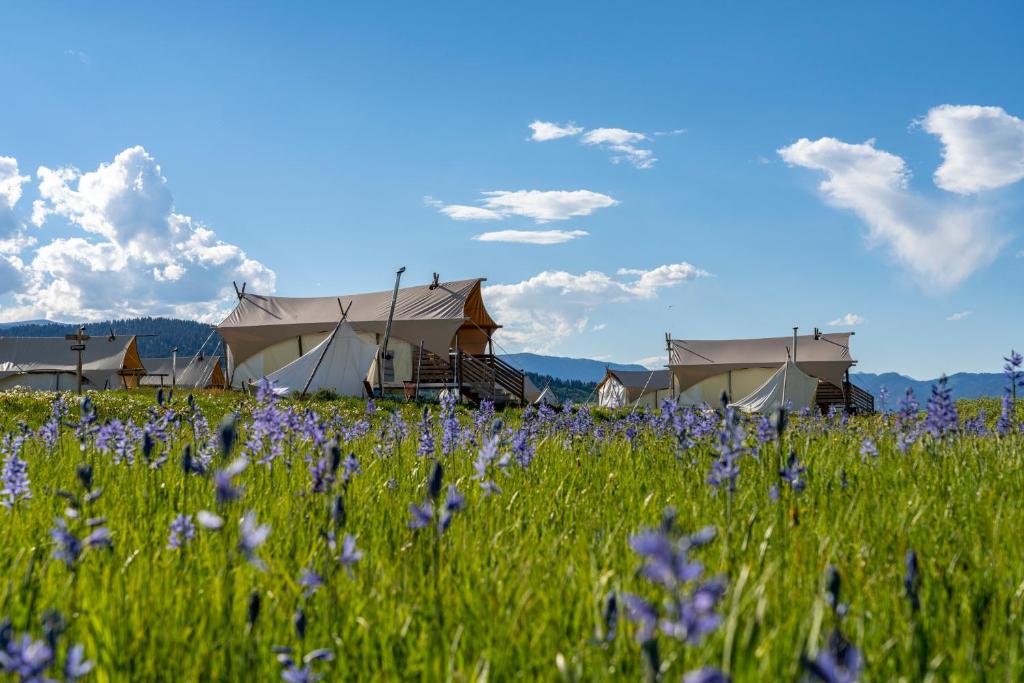
Open from: May – September
Only ten minutes from the primary Yellowstone entrance, you’ve got total access to Montana’s coolest natural formations. But the real wonder is the large, grassy valley where this campground sits. You can spend your nights beneath star-filled skies before waking up to birdsong and the scent of wildflowers. (Don’t forget to tack on a side quest while you’re in the area, too!)
Yosemite

Open from: April – October
Forget heading into Yosemite National Park—you might be wooed by this campsite’s 85 acres of pristine forest, instead. From black oaks to ponderosa pines, you’ll feel like you’re staying inside the park. Only you have the benefit of ultra-cozy beds and furniture from companies like West Elm. Think: opulence meets the outdoors.
Zion
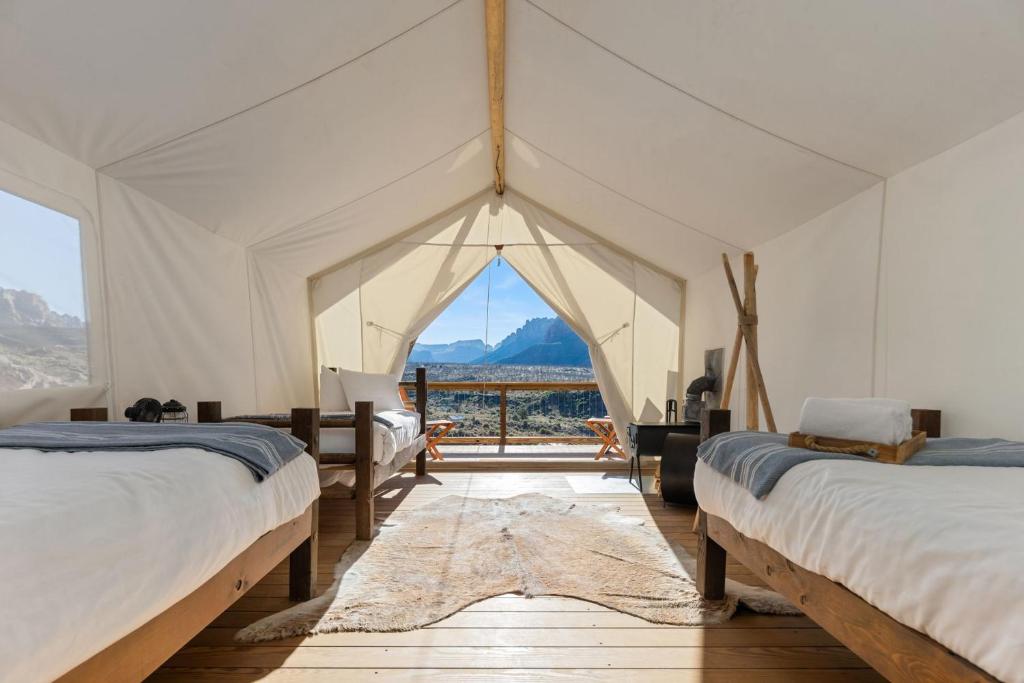
Open from: March – November
If the Bryson Canyon and Moab glamping sites don’t quite capture your attention, Zion is yet another alternative. It showcases some of the most rugged parts of the Southwest—just at a slightly more comfortable altitude. Surrounded by sandstone cliffs, you’ll feel like you’ve disappeared into your own private corner of this stunning desert landscape.

